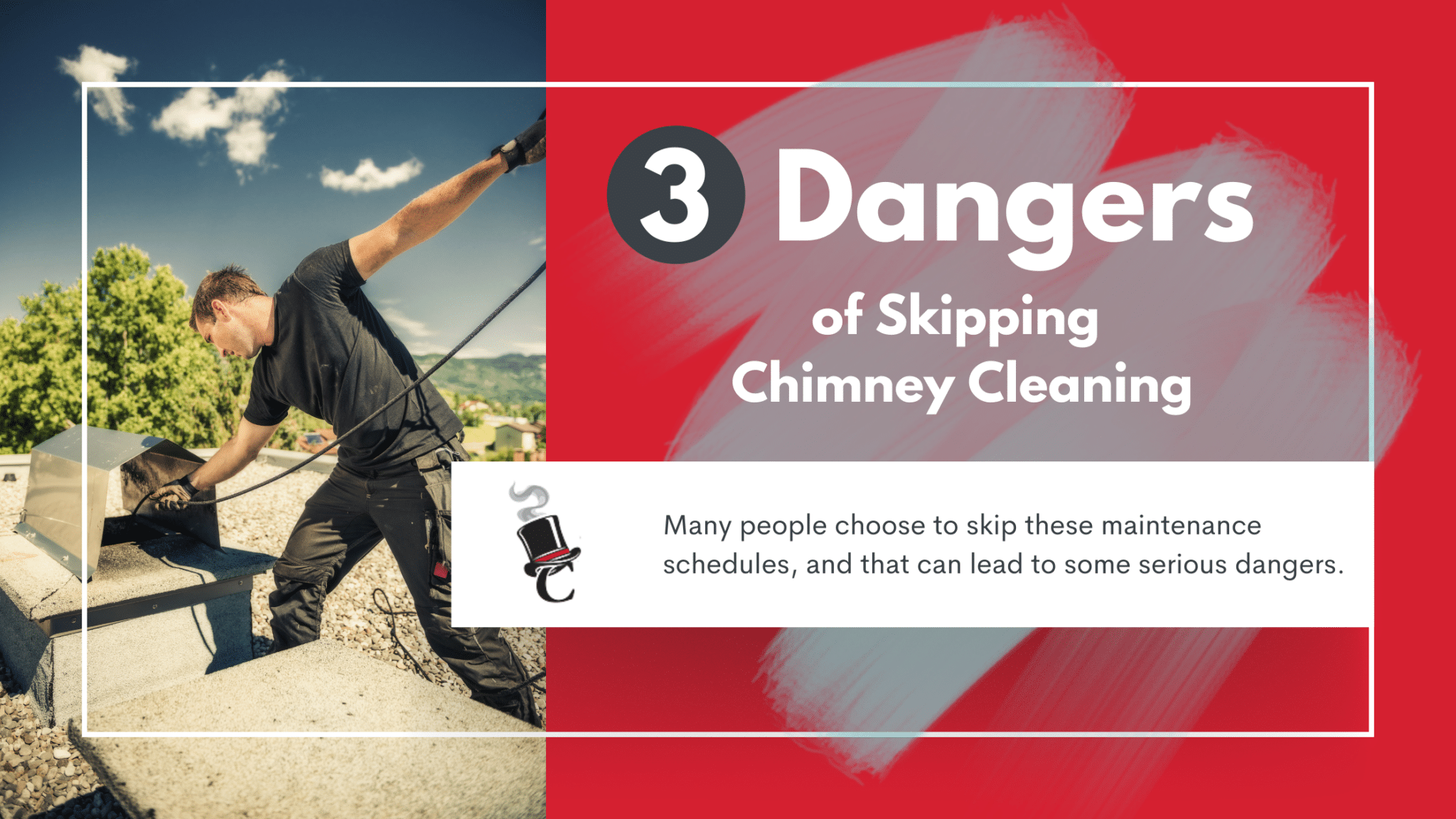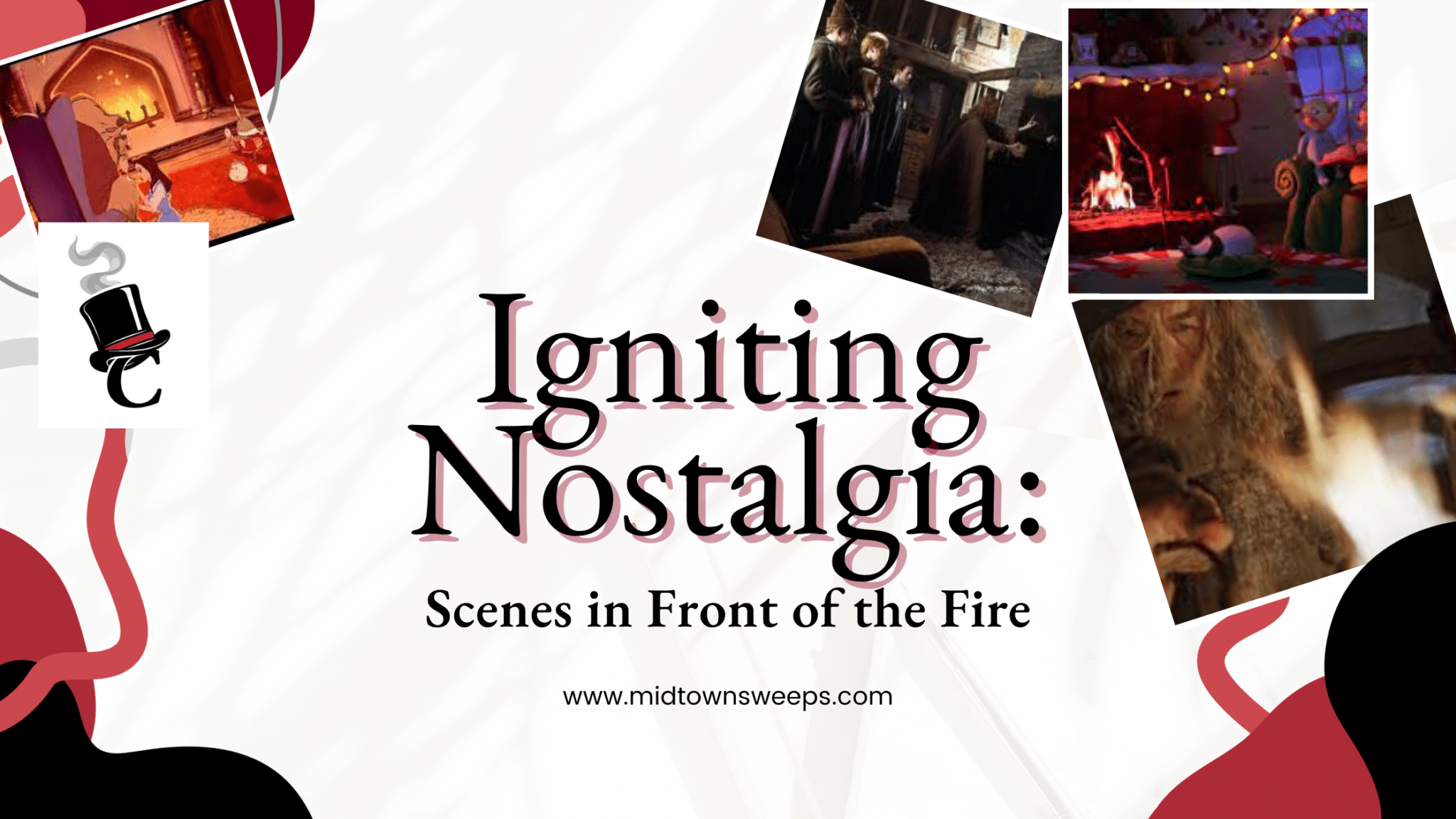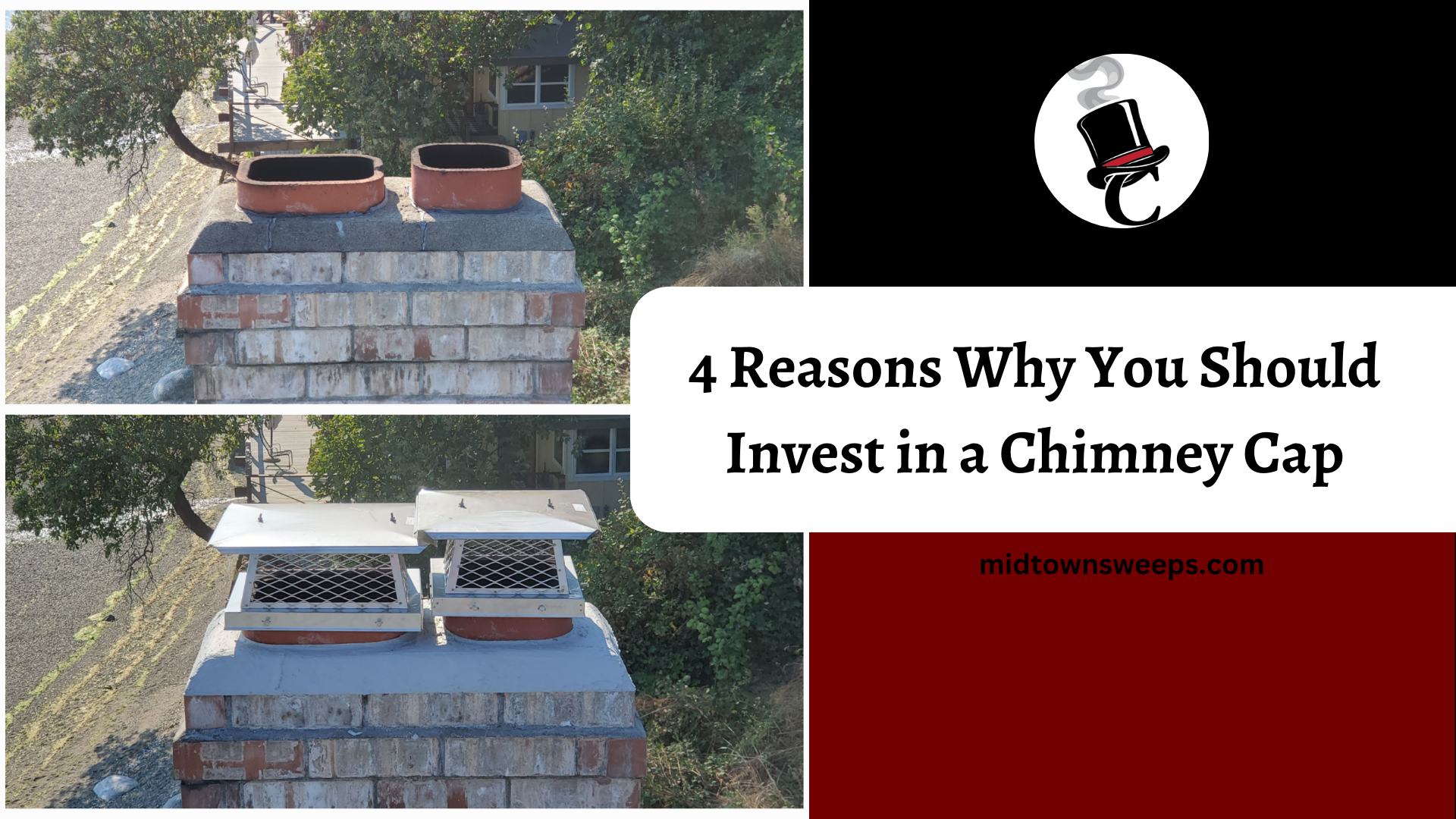Most of us know that legends of Santa Claus have existed for centuries, whether he was known as Father Christmas or St. Nicholas. But given that in some parts of the world he rides a white horse — and in others brings a Yule Cat to scare bad children — it’s natural to wonder about “our” Santa. For example, when did he begin coming down the Christmas chimney?
The Washington Irving Connection
The first “report” we have of Santa Claus coming down chimneys comes from none other than American author Washington Irving, best known for his Headless Horseman tale. In the early 1800s, Irving published a tongue-in-cheek book with the arduous title, A History of New York from the Beginning of the World to the End of the Dutch Dynasty by Diedrich Knickerbocker. (And yes, not only do we owe our Santa chimney lore to Irving, but also the New York Knicks’ name!)
Irving’s satirical history was the first to mention Santa Claus entering the homes of children through the chimney.
In Irving’s book, St. Nicholas is seen “riding jollily among the treetops or over the roofs of the houses, now and then drawing forth magnificent presents from his breeches pockets and dropping them down the chimneys of his favorites.” And sometimes, Irving notes, Santa himself “rattles down the chimneys” to deliver presents to children.
Irving’s book, with its dozens of allusions to St. Nicholas, was a hit with American readers. It helped shape holiday traditions here — especially the new idea of a Santa who used the Christmas chimney to bring sweets and gifts.
But Wait — There’s “Moore”!
While Irving briefly mentioned chimneys, Santa’s actual “method” wouldn’t be fully described until another 15 or so years later. “A Visit From St. Nicholas,” the poem by Clement Clarke Moore, gave a vivid picture of a rosy-cheeked Santa with a snow white beard — as well as the important detail that his fur clothes were covered with soot from the chimney.
After the poem’s narrator famously hears “the prancing and pawing” of reindeers on his roof, suddenly “Down the chimney St. Nicholas came with a bound.” After filling stockings, St. Nicholas quickly rises back up the chimney, and onto his sleigh.
So Why the Chimney?
Of course, the St. Nicholas/Santa descent down the chimney has entranced generations of children. But many kids could be forgiven for wondering why he couldn’t use his powers to simply come through the front door?
What made Washington Irving, Clement Clarke Moore and other early American authors choose that particular entry point?
As it turns out, magical folk entering ordinary homes have loomed large in the public imagination since at least Europe’s Middle Ages. That’s when anti-witchcraft tomes such as Malleus Maleficarum were written. Because superstitious people believed that witches could pass through walls, the book countered this fear by insisting that witches actually entered homes by physically climbing down chimneys, rather than sorcery.
It could be argued that this attempt to counter pagan folklore failed in a big way, given that since that time Greek goblin tales, Scottish traditions of kindly brownie fairies, and stories of an Italian bringer of sweets— all of whom entered through chimneys — have flourished.
The Santa chimney legend has certainly had a twisty road, with religious scholars, European traditions, and American writers all adding to our current knowledge of the “real” Santa. And we are all the richer for it!











